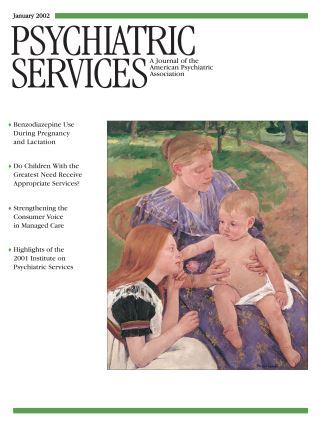Most physicians have been taught that the simplest explanation is generally the right one, a variant of Occam's razor. A single diagnosis may explain a host of disparate symptoms and in turn lead to the prescription of a single treatment. The diagnosis of schizophrenia illustrates this principle well: the disorder can present in a variety of ways, often with symptoms of anxiety and mood dysregulation in addition to its core psychotic symptoms. In the past clinicians were taught that monotherapy with an antipsychotic agent was the preferred approach to the treatment of schizophrenia and that the accessory symptoms would improve along with the primary psychotic symptoms.
Lately, however, the diagnostic and therapeutic parsimony of the past is being reconsidered. In the first chapter of Schizophrenia and Comorbid Conditions, the editors and their colleagues criticize what they call the hierarchical approach to the diagnosis of schizophrenia. They argue that this approach, formalized in DSM-III, in which a diagnosis of schizophrenia subsumes associated symptoms, may have resulted in an underappreciation of what they term "associated psychiatric syndromes" in schizophrenia.
Schizophrenia and Comorbid Conditions is part of the Clinical Practice series published by American Psychiatric Press, Inc. The volume editors' goal for the book is to "help practicing clinicians enhance their recognition and improve treatment for [the] large and difficult-to-treat group of schizophrenia patients" who have comorbid conditions. They are largely successful.
The first chapter's critique of the hierarchical approach to diagnosis of schizophrenia is followed by three chapters devoted to what the authors designate as the associated syndromes—depression, obsessive-compulsive symptoms, and panic symptoms. Because depression in schizophrenia is the best studied of these syndromes, the chapter on this subject is the most satisfying, notably in its comprehensive review of the differential diagnosis of depression among persons with schizophrenia. The other chapters succeed in sensitizing the reader to the prevalence of panic and obsessive-compulsive symptoms among patients with schizophrenia.
While the first half of the book flows logically, the second half is a bit more scattered. Chapters address medical and surgical illness, pregnancy, cognitive impairment, and aggression and violence. The volume ends with an excellent chapter on substance abuse in schizophrenia—certainly the most prevalent co-occurring disorder among persons with schizophrenia. I wondered why this subject was left for last and was not considered one of the associated psychiatric syndromes.
The reviews in this volume are comprehensive, relevant, and well written. There were some gaps, however. I would like to have seen more than the passing mention of HIV-AIDS in the chapter on medical and surgical illness and more specific guidelines to inform family planning in the chapter on pregnancy. These are both neglected areas in many settings. A chapter on schizophrenia and mental retardation-developmental disability also would have been helpful.
This volume makes it clear that it no longer makes sense to talk about "dual diagnosis" in the context of schizophrenia. Many different comorbid conditions can complicate the treatment and outcome of schizophrenia. Schizophrenia and Comorbid Conditions provides a nice overview of a number of them and reminds us of their importance. For that reason, trainees and clinicians of all disciplines who work with patients who have schizophrenia will find this book worth reading.

